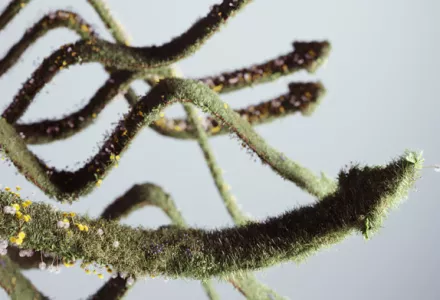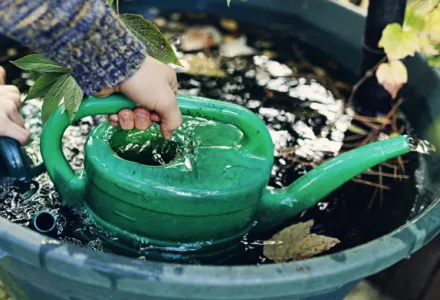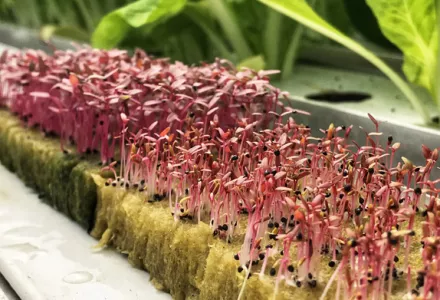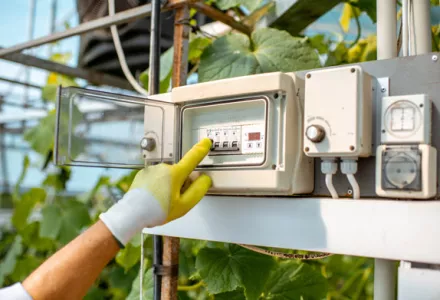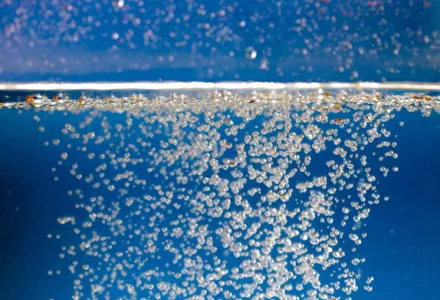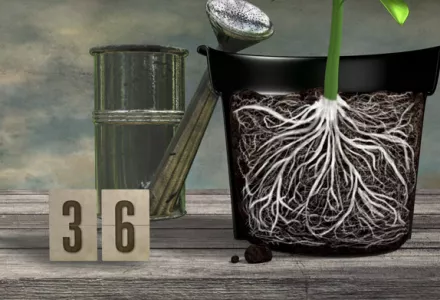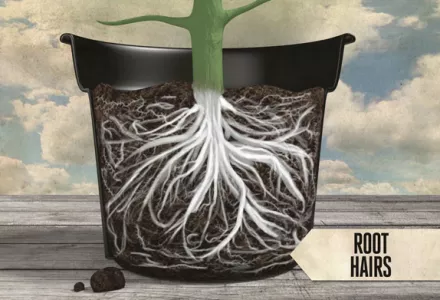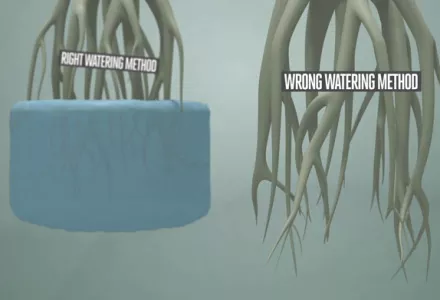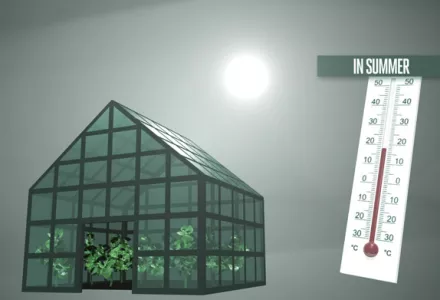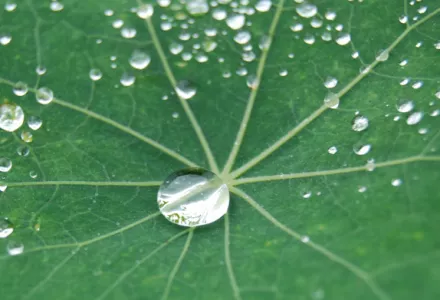Are my plants ready for more water? Still too wet? We've all been there – wanting to give our dear plants the love they need, without smothering them with too much of a good thing. Honing in on your watering technique is one of the most impactful strategies to successful growing.
The way plants are watered has broad implications. Irrigation frequency effects aeration, or lack thereof, in the root zone. When conditions are either too wet or too dry, roots die off and plants thereafter are unable to take up as much nutrition as they need. The volume of feed solution applied impacts the nutritive balance delivered to the root zone – too little can lead to an unhealthy buildup, while the correct amount will ensure plants receive what they need without overwatering and incurring unnecessary costs.
Furthermore, growers can choose to manipulate the way in which they water their plants to purposefully stress plants and trigger certain changes to the fruit quality. With all the implications behind this pillar to production management, let's review the basic principles on watering technique.
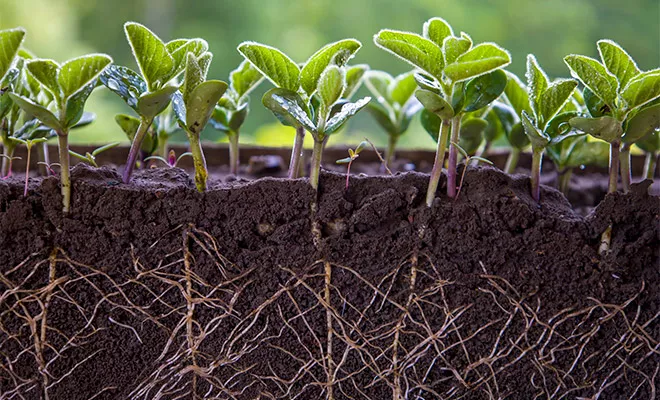
1. Why water till runoff?
When your plants are ready to be watered, water till 10-20% runoff compared to the volume applied has been achieved. Achieving runoff will ensure that the root zone receives a balanced set of nutrients, every time. It also ensures that any leftover nutrients that were not consumed from the last feed do not stay and accumulate in the root zone. This build up can cause the root zone to acidify and create a nutrient imbalance, both of which can lead to a nutrient deficiency.
As runoff is achieved, a medium is considered saturated which for coco means it has reached a volumetric water content (VWC) of around 65%. This means that 65% of your container is full of water and the remaining 35% is the coco, by volume. All pores within the coco are filled with irrigation water. If relying on weight to help guide frequency of watering, measure the weight of your container at this time. If using a moisture meter, measure the VWC at this time.
2. Just the right pore size
After about 24 hours, the medium will have reached its field capacity, which for coco is around 35-40% VWC. This is where water in the larger pores have drained away and what remains is water in the medium and small pores. Plants can still access water from the medium size pores, however, the water in the small pores cannot be accessed since it is bound up by the forces of capillary action.
3. When to water
Monitor the weight of the container as the medium dries, noting when it reaches 50% its weight compared to right after watering or when the VWC has dropped by about half, compared to right after watering. For coco specifically, if using a moisture meter – monitor till the VWC reaches around 30%, which is about half the VWC compared to right after watering, ~65%. This is when re-watering is needed.
If the plants are left without water till the weight of the container falls below 50% of the weight compared to right after watering or the VWC drops below 30% for coco, the permanent wilting point is reached. This is where the only water left is in the smallest pores, which the plants cannot access. This water is forcibly clinging to the substrate surface by means of capillary action.
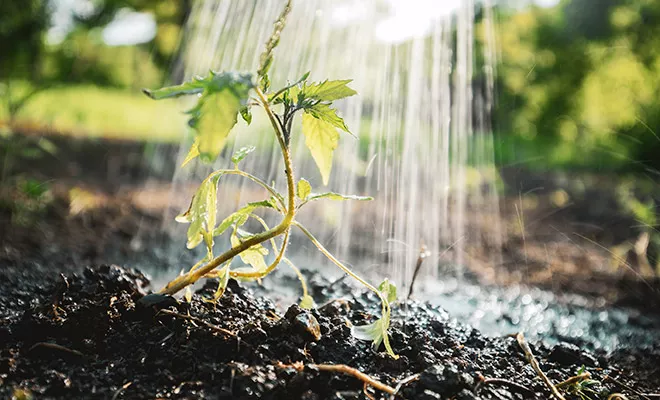
4. Let it air out
It is important to let the root zone become a bit dry between watering. This allows for the roots to become aerated, the microbial ecosystem to receive oxygen, and encourages roots to stretch and grow, reaching for water pockets located just a bit further from reach.
5. In terms of dryback...
With the watering cycle described above for coco, a dryback of ~35% is achieved. Growers may choose to have a large dryback during late flowering in order to stress the plant and induce preferred quality effects.
6. Notes to remember
It is best to be consistent with the watering regime. Moisture meters and weigh scales are great tools to hone in on your watering technique and provide guidance to what should be apparent visually, physically, and by touch.
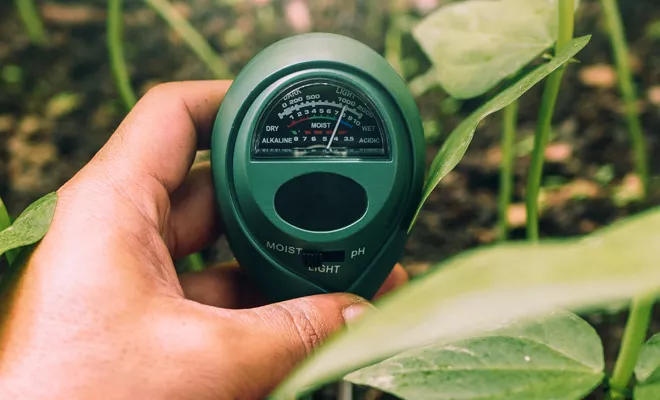
Also, be sure to start with the feed schedule as recommended. When a feed solution becomes too concentrated, it can become harder for a plant to get the water content it needs due to the osmotic balance between the solution and the plants' cells. High intensity lighting, CO2 supplementation, and additional heat can work as a trifecta to boost metabolism and a plant's photosynthetic threshold – which in turn can cause the plant to consume a higher rate of nutrients. Fertilizer rates may need to be adjusted to account for these conditions.
And there it is, the simple yet profound task of watering your plants. If you really want to dive deep into understanding the components of water itself like soft/hard water, EC, pH, and how this effects practical management, check out issue 40 of our CANNAtalk – it's ALL about water!

